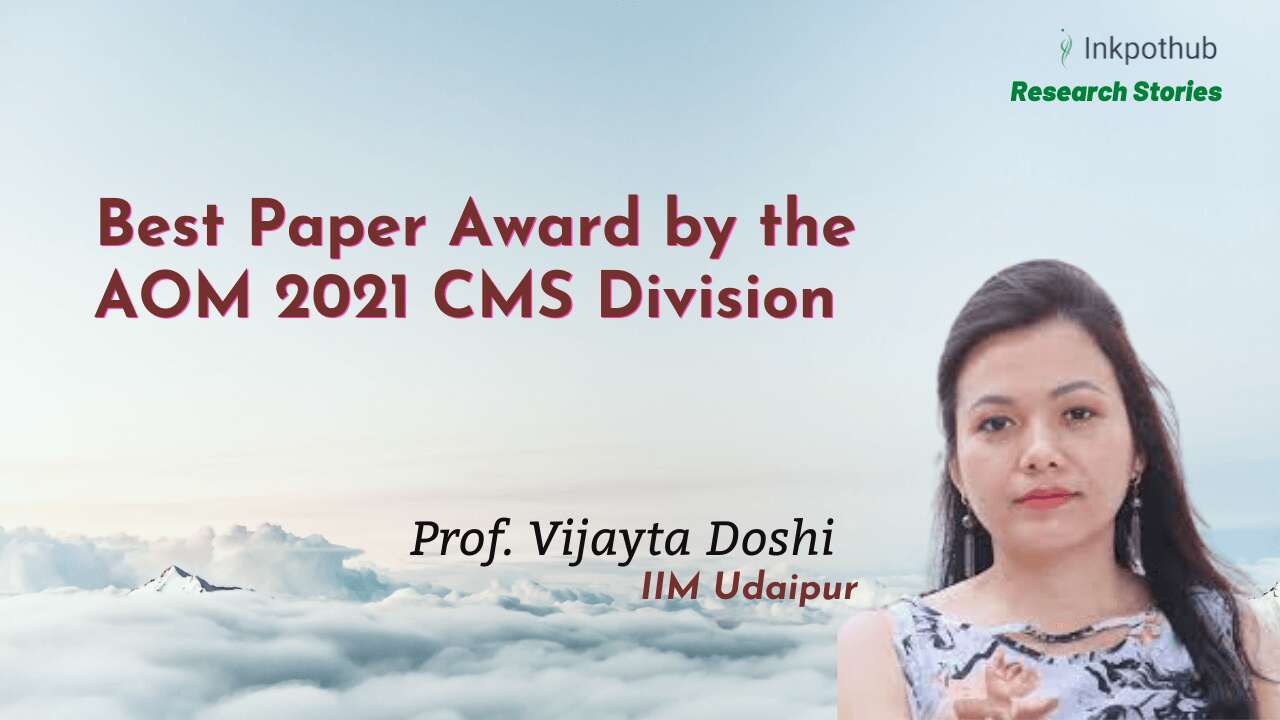“Gamification in management” means the use of game-designing in a non-game context. It is the newest entrant in the rich history of games in a span of history which intersected with the management. It worked on role-plays such as leadership training, new economy, fun at work, and management philosophy. “Gamification” translates the numerous engaging aspects of games. It creates positive experiences and desired behaviours.
Gamification in management is led by the two contradictory schools of mind where
- One school of mind believes that humans act as “rational actors” who change their decisions according to the changing situations with time, whereas games act as incentive dispensers for giving perfect information on people’s behavior.
- The other school of mind believes that humans are growth-oriented who focus on increasing the various aspects of their wealth and other materialistic possessions, whereas games are environmentalists who are designed to work on positive and meaningful experiences.
What does “gamification” bring?
Games motivate people with non-monetary incentives such as points, badges, etc. that hold symbolic value. This idea is highly embraced at workplaces for competitions, non-monetary awards, customer loyalty points, and customer appreciation.
Game designers identified design patterns that harness cognitive biases to ‘nudge’ employee and customer behaviours in desired directions. This almost acts as a product innovation tool for self-optimizing, motivational goals, scores, competitions, and many more.
It also acts upon system tracking and rewarding the desired activity, gamified customer engagement, loyalty platforms, and crowdsourcing, etc. One of the popular examples of video gaming is a formative experience for the millennial generation, that sort of people expect workplaces with clear goals, metrics, constant competition, positive feedback, gamy visuals, and language.
How does “gamification” come into use in practical life?
Always note that games provide perfect information and control at scale. Game designers measure the player’s performance. On the basis of this, the blueprint for the future hyper-efficient, flexible, decentralised, and automated work coordination platform can be created.
Future of “gamification” in management
The purpose of gamification is not served with game-based learning. It focuses on enhancing the engagement with the user. One of the famous apps, used in management-based learning is Kahoot. Through this app, an instructor can design the quiz according to the class-based learning and ask questions from their students.
In this blog, we will discuss the famous examples in various management-related areas which have effectively used “gamification-app”. These areas are given below:
- M&M Eye spy pretzel: During 2010, when M&M observed the popularity of this particular kind of candy. They evolved an idea of a game wherein you need to fix popular candy in the mass.
- Headspace: The mindfulness app helped millions of people to meditate on a daily basis. The app is built up, such that the progress can be shared through the buddies feature.
- KFC Shrimp attack: KFC shrimp marks the new things from the line of items in the game app. The points earned through the game can be claimed at the KFC stores. These non-monetary benefits can be effectively utilised as monetary claims. Thus, store sales increased.
- Under Armour Trivia App: The Trivia game is with Steph IQ. Under Armour developed the stature element wherein the Trivia games are comprised of those who can answer all the MCQ within the stipulated time frame.
- Nike Fuel: Always keep a smart journal of your runs wherein you recommend, can live-track, and share the results around the App. Mental satisfaction keeps you focused and gives you more efficient results.
- Starbucks Rewards: Starbucks rewards are considered the most successful rewards. Starbucks places coupon cards wherein you can redeem one drink with every 60 stars earned. Due to this, Starbucks reported an increase in revenue to 2.65 billion dollars. Over the last 2 years, membership has grown by more than 20%.
- Duolingo: The most fun way to learn the language. It helps in the gamification of progress for each day.
Research ideas for gamification of education:
With the recent education edition, this game offers’ lesson plans and downloadable worlds to help teachers integrate the game design into the classroom. It helps in building a connection with educators and lesson plans and teacher resources. Students generally focus on app-based learning, and speech technology to learn new things.
Examples: Math Blaster, Treasure Mountains, Minecraft professional learning community.
- Archy learning: Various YouTube links can be pasted by teachers and students can play educational games for entertainment-cum-learning.
- Elucidat: Elucidat makes it easier for work teams to produce digital learning and teaching staff access for the product training. Excessive library of templates with speed and efficiency.
Research ideas for gamification of educators:
- Gamification ideas for educators.
- Scavenger hunt- students find or count items in a video.
- Time challenges and quizzes.
- Add the levels and checkpoints.
- Points, rewards, and badges for competition and participation.
- Turn multiple video lessons into a quest or journey.
- Add recurring characters and storylines.
- In sales, scorecards (super score for the day)
Research ideas for gamification of multiple sectors:
- How do retailers, e-commerce businesses apply gamification to manifest a positive consumer base?
- How can an employee in a company be made more productive, efficient, and skillful?
- Gamification is set to be an integral part of fitness programs like smartwatches, Fitness apps, etc.
- Gamification generally changes the field of financial technology, automotive, etc.
Research ideas for gamification of Employee onboarding programs:
- By gamifying the process, organisations can increase their rate of employee satisfaction.
Example: Deloitte training industry, 2019 (gamified onboarding process for its analysts). Zombie apocalypse-themed digital training game, where the learner seems to be the protagonist. Of course, gamification does not have to be digital. There are non-technical ways also.
Research ideas for gamification of sales:
- How to motivate sales agents to reach individual or team sales goals?
- Can the non-monetary benefits like badges, points, and leaderboards bring contentment?
- For example, Galderma, a pharmaceutical company, gamified the training of the sales team about new products. Over 70% of Forbes Global 2000 companies apply gamification techniques to their sales employees.
Research ideas for gamification of information search:
- They created gamified approaches to provide people with a fun way to raise awareness of Covid-19.
- Snapchat introduced A.R.’s social distancing lens to promote the practices.
Research ideas for Gamification of investment:
- Kids engage in these activities often.
- For example, Robinhood enables the user to engage in commission-based free stock trading and investing. Tools that let an individual make the most out of their investments.
Research ideas for gamification in management
http://inkpothub.com/blog/2021/08/23/research-ideas-for-gamification-in-management/
Gamification 4 all website by Prof. Manish Gupta and Prof. Abhishek Behl
Prof. Abhishek Behl on Gamification




